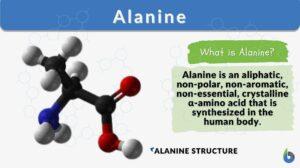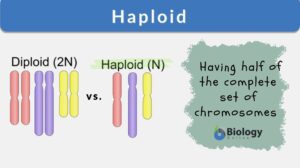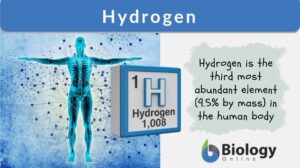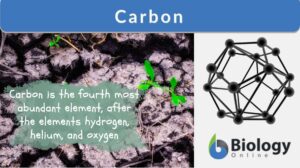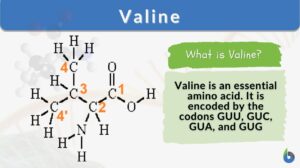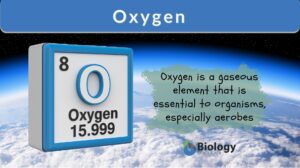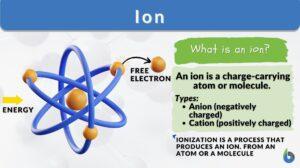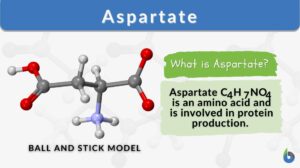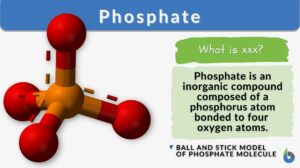Search Results for: symbol
Multiplication
multiplication 1. The act or process of multiplying, or of increasing in number; the state of being multiplied; as, the... Read More
Null hypothesis
Null Hypothesis Definition Null hypothesis is defined as “the commonly accepted fact (such as the sky is blue) and... Read More
Life table
Life table a representation of the probable years of survivorship of a defined population of subjects; since survivorship is... Read More
Filial generation
Definition noun, plural: filial generations (genetics) Any generation resulting from a genetically controlled mating... Read More
Monoploidy
Definition noun (genetics) The state of being monoploid, that is having one set of the chromosomes Supplement Ploidy refers... Read More
Homo sapiens
Definition noun The species group of bipedal hominins characterized by having higher and vertical forehead, brain volume of... Read More
Dissociation constant
Definition noun (1) A mathematical constant that describes the tendency of a large molecule to dissociate reversibly into... Read More
Fushi tarazu
Definition noun (1) A pair-rule gene which, together with even-skipped, plays a crucial role in the activation of the... Read More
Partial pressure
partial pressure The pressure exerted by a single component of a mixture of gases, commonly expressed in mm hg or torr; for... Read More
Even-skipped
Definition noun (1) One of the pair-rule genes (together with hairy and runt) directly activated by gap gene products... Read More
Carrying capacity
Carrying Capacity Definition What is carrying capacity? In biology and environmental science, the carrying capacity of a... Read More
Equilibrium constant
Definition noun The ratio in which the product of the concentrations of the products divided by the product of the... Read More
Complement
Complement (Science: immunology) a term originally used to refer to the heat labile factor in serum that causes immune... Read More

